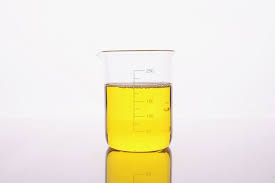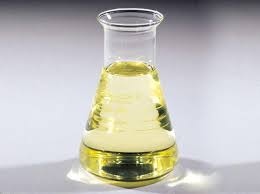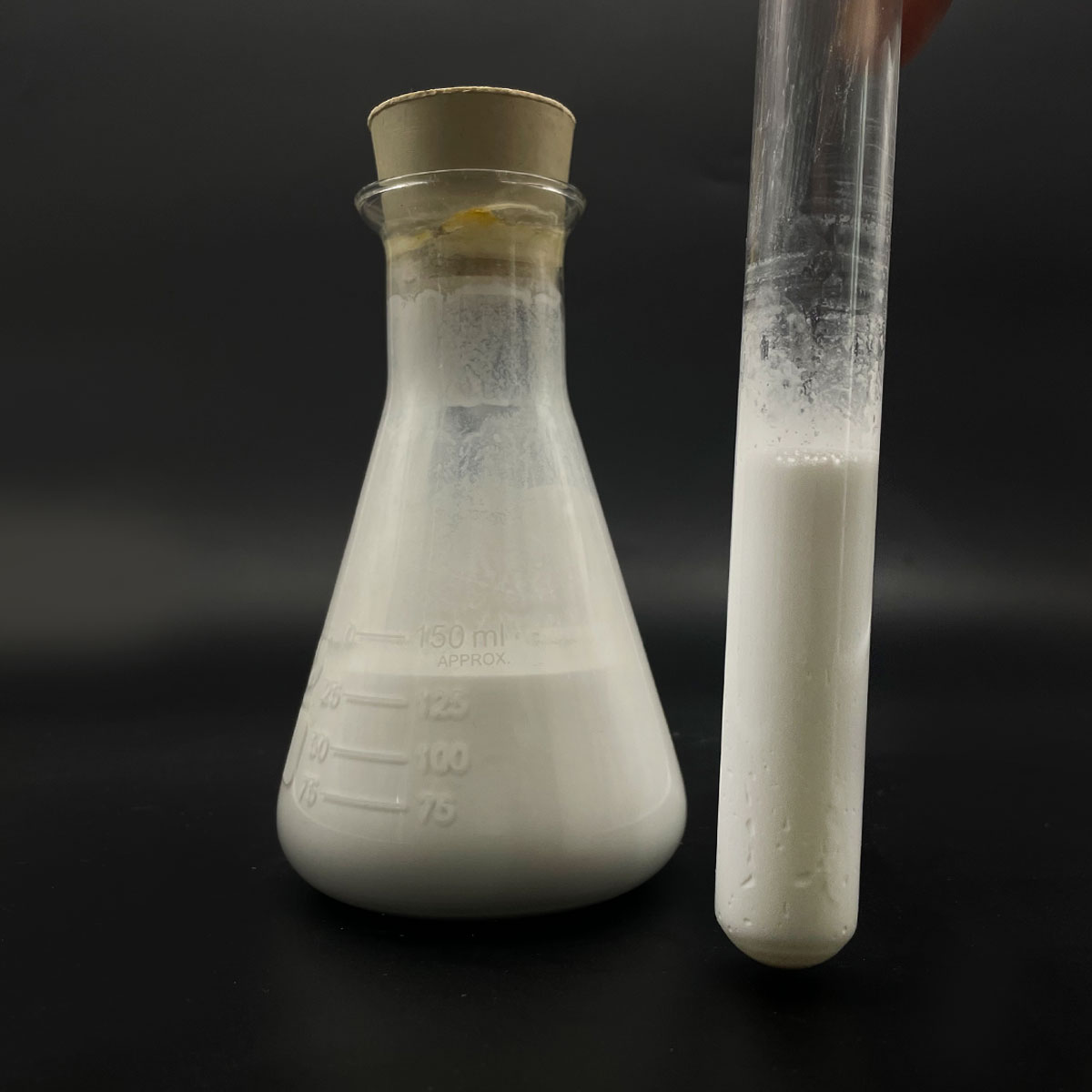Overview of Sodium Lauryl Ether Sulfate (SLES) Detergency CAS: 68585-34-2
Amphoteric surfactants are a unique class of surface-active agents that possess both cationic and anionic properties, depending on the pH of the system they are in. They contain both a positively charged group (like a quaternary ammonium salt) and a negatively charged group (such as a carboxylate or sulfonate), which can ionize depending on the surrounding conditions. This dual nature grants them exceptional versatility, making them effective in a wide range of pH environments and compatible with other surfactant types. They are known for their mildness and excellent dermatological compatibility, rendering them particularly suitable for personal care applications.
Features of Sodium Lauryl Ether Sulfate (SLES) Detergency CAS: 68585-34-2
-
pH Responsiveness: Their charge varies with pH, becoming cationic in acidic conditions and anionic in alkaline, with a zwitterionic (neutral) state at the isoelectric point.
-
Mildness: Known for being gentle on skin and eyes, making them ideal for sensitive applications like baby care and personal hygiene products.
-
Foaming Properties: Can generate rich, stable foam even in hard water conditions, enhancing their use in cleaning products.
-
Emulsification: Efficient emulsifiers capable of forming both oil-in-water (O/W) and water-in-oil (W/O) emulsions, depending on the formulation and pH.
-
Compatibility: Because they have both anionic and cationic properties, they are compatible with other types of surfactants and can work synergistically to enhance cleaning effects.
-
Biodegradability: Many amphoteric surfactants are readily biodegradable, contributing to their environmentally friendly profile.

(Sodium Lauryl Ether Sulfate (SLES) Detergency CAS: 68585-34-2)
Specification of Sodium Lauryl Ether Sulfate (SLES) Detergency CAS: 68585-34-2
Salt Lauryl Ether Sulfate (SLES) Detergency CAS 68585-34-2 is a vital active ingredient in cleansing and personal care products. It is an anionic surfactant known for its solid frothing and cleaning properties. The chemical formula is CH3(CH2)11(OCH2CH2)nOSO3Na, with “n” representing the number of ethylene oxide devices, typically ranging from 1 to 3. This substance looks like a clear to fade yellow thick fluid. It dissolves quickly in water, making it suitable for fluid formulas.
SLES works by decreasing the surface area stress of water. This enables it to damage down grease, oil, and dust effectively. It is commonly used in family cleaning agents, hair shampoos, body washes, and dishwashing fluids. The product does well in tough water, keeping cleaning efficiency despite having mineral web content. Its compatibility with other surfactants enhances its usage in combined formulas.
The manufacturing process entails sulfation of lauryl alcohol ethoxylates, complied with by neutralization with salt hydroxide. The level of ethoxylation influences the product’s solubility and irritation potential. Higher ethoxylation degrees lower skin irritability, making SLES gentler for personal care applications. The compound is stable under typical storage problems but need to be kept away from solid oxidizers to stay clear of reactions.
SLES uses high detergency at low concentrations. This lowers the amount needed in formulations, reducing manufacturing costs. It creates rich, secure foam, which is preferable in items like hair shampoos and bubble baths. The material is eco-friendly under cardio problems, meeting environmental standards for surfactant usage. However, its deterioration rate depends on microbial task and ecological elements.
Security standards advise dealing with SLES with safety tools to stop eye or skin call in focused kinds. Thinned down options in completed items pose marginal danger when utilized as guided. Regulatory bodies accept SLES for use in cosmetics and cleansers within specified focus limits. Suppliers should ensure appropriate labeling and adherence to regional security criteria.
Storage requires closed containers to stop moisture absorption. Ideal temperatures range between 15 ° C and 25 ° C. Extended direct exposure to severe warm or cold may influence thickness and efficiency. Service life generally exceeds two years when saved properly.

(Sodium Lauryl Ether Sulfate (SLES) Detergency CAS: 68585-34-2)
Applications of Sodium Lauryl Ether Sulfate (SLES) Detergency CAS: 68585-34-2
Sodium Lauryl Ether Sulfate (SLES) (CAS: 68585-34-2) is a widely used surfactant in cleaning and personal care products. It works by reducing water surface stress. This aids raise dirt and oil from surfaces. SLES is common in house detergents. It effectively gets rid of spots from materials. It works in both low and high water temperature levels. It performs well in difficult water. This makes it appropriate for washing fluids and powders. SLES creates rich foam. This foam improves the customer experience in hand soaps and dishwashing liquids. The lathering activity signals cleaning up power to customers. SLES is likewise utilized in personal care things. Shampoos and body laundries frequently include it. It cleanses oils and sweat from skin and hair. It blends well with other active ingredients. This permits formulators to add creams or scents without decreasing performance. Industrial cleaners depend on SLES also. It breaks down oils in machinery or flooring cleaners. Car clean solutions utilize it for its degreasing ability. Fabric production utilizes SLES to prepare materials for dyeing. It removes impurities from fibers. SLES is cost-efficient. Producers prefer it for large-scale production. It stays steady in acidic or alkaline formulas. This adaptability supports diverse item designs. Safety and security is a top priority when taking care of SLES. Straight call with focused types may aggravate skin. Appropriate dilution is necessary throughout production. SLES is eco-friendly under regulated conditions. This lowers environmental impact contrasted to some options. Laws guide its usage in durable goods. Compliance makes sure products meet wellness criteria. Study remains to enhance SLES-based solutions. Technologies focus on enhancing efficiency while reducing eco-friendly effects. The compound remains a vital ingredient throughout sectors because of its integrity and versatility.
Company Profile
SurfactantChina is a trusted global chemical material supplier & manufacturer with over 12-year-experience in providing super high-quality surfactant and relative products.
The company has a professional technical department and Quality Supervision Department, a well-equipped laboratory, and equipped with advanced testing equipment and after-sales customer service center.
If you are looking for high-quality surfactant and relative products, please feel free to contact us or click on the needed products to send an inquiry.
Payment Methods
L/C, T/T, Western Union, Paypal, Credit Card etc.
Shipment
It could be shipped by sea, by air, or by reveal ASAP as soon as repayment receipt.
5 FAQs of Sodium Lauryl Ether Sulfate (SLES) Detergency CAS: 68585-34-2
Sodium Lauryl Ether Sulfate (SLES) Detergency CAS: 68585-34-2 is a common ingredient in cleaning products. Here are answers to 5 frequently asked questions.
What is SLES?
SLES is a surfactant. It helps remove dirt and grease. The CAS number 68585-34-2 identifies its chemical structure. People use it in shampoos, soaps, and household cleaners. It creates foam and boosts cleaning power.
How does SLES work in detergents?
SLES breaks down oils and grease. It makes water mix better with dirt. This lets dirt wash away easily. It works in hard or soft water. The foam helps spread the detergent evenly.
Is SLES safe for skin?
SLES can irritate sensitive skin. Most products use low concentrations to reduce this. Rinse skin thoroughly after use. Some prefer sulfate-free options for sensitive areas. Check labels if you have allergies.
Does SLES harm the environment?
SLES breaks down in water treatment systems. It is biodegradable under normal conditions. Large amounts in water can affect aquatic life. Factories follow rules to limit environmental impact. Proper disposal matters.
What’s the difference between SLES and SLS?
SLES has ethylene oxide chains. SLS does not. SLES is milder on skin. SLS is stronger but harsher. Both clean well. SLES is common in personal care products. SLS appears in industrial cleaners.

(Sodium Lauryl Ether Sulfate (SLES) Detergency CAS: 68585-34-2)





